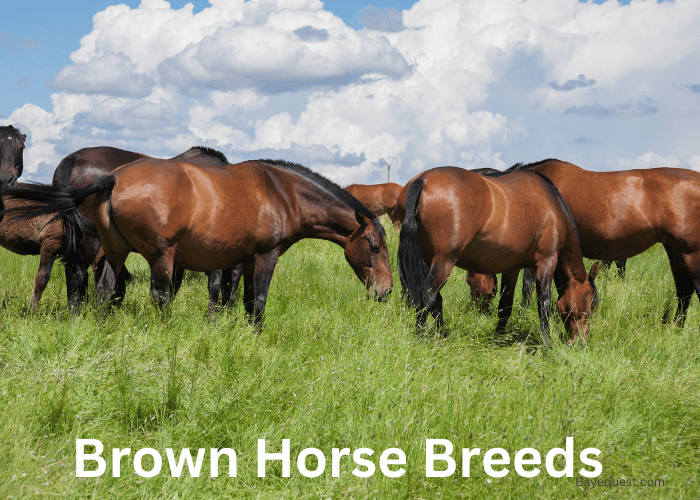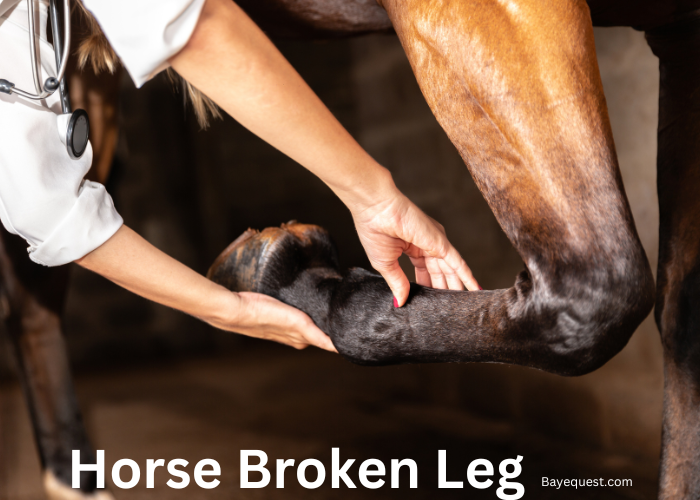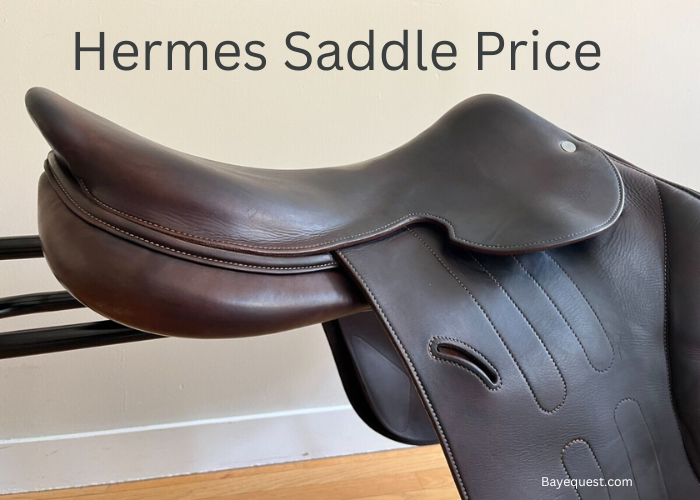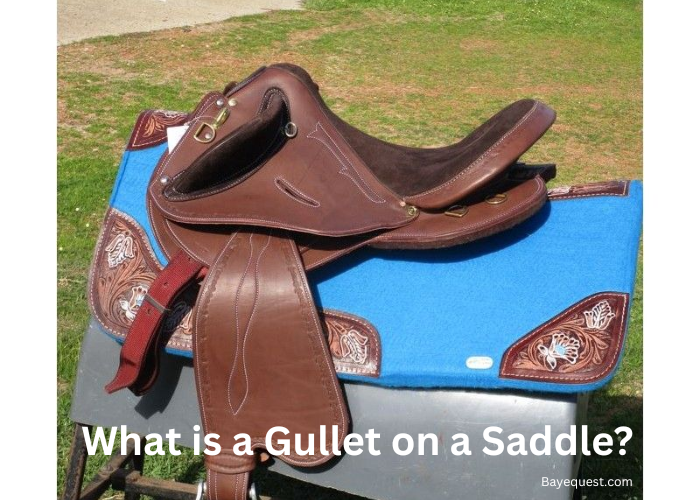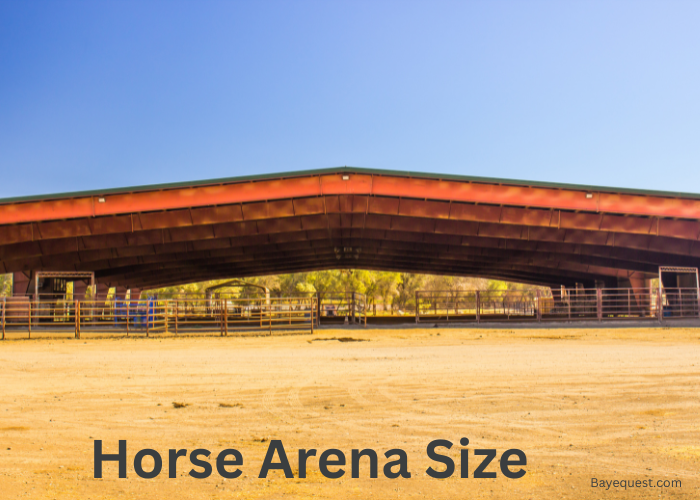Did you know that some of the world’s most resilient horses are brown? Many potential horse owners struggle to choose the right breed for their needs.
This article explores various brown horse breeds. It highlights their unique traits and suitability for different activities.
From the sturdy Cleveland Bay to the versatile Morgan, we’ll guide you through the best riding, work, or companionship choices. Meet the top brown breeds that could become your next equine partner.
Types of Brown Horses
- Morgan
- Paso Fino
- Norman Cob Horse
- Tennessee Walking Horse
- American Saddlebred
- Pintabian Horse
- Kerry Bog Pony
- Ukrainian Riding Horse
- Kentucky Mountain Horse
- Clevland Bay
- Thoroughbred
- Dutch Warmblood
- Fell Pony
- American Quarter Horse
- Rocky Mountain Horse
- Friesian Sporthorse
- Missouri Fox Trotter
- Pintabian Horse
- Shetland Pony
- Australian Pony
Understanding Brown Horse Shades
When we talk about brown horses, we’re diving into a world rich with color. “Brown” can mean anything from a light, sandy shade to a deep, almost black hue. But not every brown is just, well, brown. Let’s break it down.
First up, true brown horses. Think of them as the classic brown with a twist. They’ve got a light brown or tan muzzle, and their coats may change with the seasons.
True browns are like those comfortable, well-worn leather boots that look good no matter what.
Then, there are bay horses. Bays are the ones you might picture when someone says “horse”: rich reddish-brown bodies but with black manes, tails, and legs. If a horse looks like it’s wearing dark stockings, you’re probably looking at a bay.
Chestnut horses, on the other hand, are all about the red. From copper pennies to deep mahogany furniture, chestnuts carry a whole spectrum of reds. No black in sight, just varying shades of red all over.
So, when you’re out there, looking at a horse, notice the details. The hints of color in their coat, the color of their manes, and even the shades on their noses. It’s these little clues that tell us their true colors.
Read also: Why Do Horses Have Manes?
20 Brown Horse Breeds
Come, let’s discover 20 brown horse breeds that enchant and inspire.
1. Morgan
The Morgan horse has a story that takes us back to the late 1700s in New England. It all started with a little bay stallion named Figure, owned by Justin Morgan.
Morgans come in all shades of brown, from a light, almost sun-kissed tan to a deep, rich chocolate. What makes them stand out, though, isn’t just their color. It’s their build.
Morgans have a compact, muscular frame with a proud neck and a head that’s all about elegance. Their eyes sparkle with intelligence, and they move with a grace that’s hard to ignore.
But Morgans aren’t just about good looks. They’re versatile, too. You’ll find them under saddle in English and Western disciplines, pulling carriages, and even on the trail.
2. Paso Fino
The Paso Fino, with roots stretching back to the Spanish Conquistadors, is a tale of elegance and endurance. These horses sailed from Spain to the New World, blending the bloodlines of Andalusians, Barbs, and Spanish Jennets.
Paso Finos can wear a cloak of many colors, but when it comes to brown, they truly shine. From the softest cafe au lait to the deepest, almost mystical espresso, their coats capture the earth’s warmth and richness.
Look at a Paso Fino, and you’ll see an animal built for grace and stamina. They’re on the smaller side, compact yet mighty, with a high-set neck that curves into an elegant head. Their eyes are alert, their gait is like a dance.
Related read: How much does a Paso Fino Horse Cost?
3. Norman Cob Horse
The Norman Cob comes from Normandy, France, a breed with deep roots in history. Originating from sturdy farm and war horses, they’ve evolved but kept their strength.
Browns? Yes, they wear it well, from light caramel to dark chestnut, always eye-catching. Built strong and broad, they’re the picture of power, yet with a gentle eye.
Their compact frame and calm temperament make them versatile. Whether pulling a carriage, working on a farm, or under saddle, they excel.
Read also: What is a Cob Horse?
4. Tennessee Walking Horse
Born in the southern United States, the Tennessee Walking Horse is a blend of grace and utility. Its roots trace back to the early 1800s, mixing breeds to create a horse that could smoothly cover the diverse terrain of plantations and farms.
They flaunt shades of brown, from a light, sandy hue to a deep, rich mocha, each one stunning. Their physique is notable for its strong build and long, elegant legs, designed for their signature smooth gait.
5. American Saddlebred
The American Saddlebred steps right out of American history, tracing its roots to the early settlers. Born from the crucible of war and plantation life, this breed was designed to be both stylish and versatile.
They can wear brown like nobility, from soft, whispery tans to the boldest, deepest browns. Look at them, and you’ll see elegance personified.
They’re the showstoppers of the horse world, thriving in competitions, yet they’re also beloved as pleasure riders, offering a smooth, amiable ride. In every sense, the American Saddlebred is a true American icon.
6. Pintabian Horse
The Pintabian horse, a relatively new kid on the block, brings a splash of color to the equine world. With origins in the United States around the mid-20th century, this breed was crafted to marry the beauty of Arabian horses with striking pinto patterns.
While they may not always be brown, when they are, it’s in spectacular contrast to their white patches. These horses boast a refined head, large expressive eyes, and a compact, muscular build typical of Arabians.
7. Kerry Bog Pony
The Kerry Bog Pony, a gem from Ireland, has roots as deep and mystical as the bogs it once roamed. This small but mighty breed was the workhorse of ancient Irish farms, navigating the soggy terrain with ease.
They often come in shades of brown, from a light, earthy moss to a dark, peaty hue. These ponies are sturdy, with a broad chest, strong legs, and a kind eye that reflects their gentle nature.
Despite their size, they’re known for their strength and endurance. Today, they’re cherished for their historical significance and their versatility, excelling in driving, therapeutic riding, and as beloved family pets.
8. Ukrainian Riding Horse
The Ukrainian Riding Horse, emerged in the 20th century, blending local breeds with Thoroughbreds and other European horses. This fusion created a horse known for its versatility and heartiness.
Their coats? A palette of browns, from the soft whisper of dawn to the deep shadows of twilight, each shade rich and captivating. They stand tall and proud, with a physique that’s both athletic and elegant.
Designed for performance, they excel in dressage, jumping, and eventing. They’re also cherished as reliable companions for leisure riding.
9. Kentucky Mountain Horse
The Kentucky Mountain Horse walks out of the rolling hills and lush landscapes of Kentucky, a testament to American heritage. This breed, with its roots deeply planted in the Appalachian region, was bred for the rugged terrain.
Their coats are a canvas of earth itself, painted in shades of brown that range from the soft glow of sunrise to the rich, deep hues of forest bark. These horses are sturdy, with a compact build, smooth lines, and a gait that’s as comfortable as it is graceful.
The Kentucky Mountain Horse isn’t just a breed. It’s a legacy of the American East, carrying the tradition of a bygone era into the modern day with each steady step.
10. Clevland Bay
The Cleveland Bay hails from England, with a lineage as noble and enduring as the country’s history itself. Originating in the 17th century, this breed was the go-to choice for farmers, carriage drivers, and even royalty.
True to its name, the Cleveland Bay wears a coat of rich bay, a uniform brown with a lustrous mane. Their build is robust and majestic, a testament to their work ethic.
These horses are the epitome of an all-rounder, from pulling carriages and farm work to excelling in dressage and show jumping.
Read also: Best Horses for Jumping.
11. Thoroughbred
The Thoroughbred, a name synonymous with speed and spirit, comes from 18th-century England. It’s the product of selective breeding, where English mares met Arab stallions.
Thoroughbreds wear brown like a badge of honor, from light, airy hues to deep, compelling shades, each one a symbol of their fiery essence.
Look at a Thoroughbred, and you’ll see elegance personified. They’re the athletes of the horse world, built for the thrill of the race.
But racing isn’t their only calling. Thoroughbreds have found their stride in show jumping, dressage, and eventing, showcasing their versatility and keen intelligence.
12. Dutch Warmblood
The Dutch Warmblood steps out of the Netherlands, a country renowned for its equine expertise. This breed, emerging in the 20th century, is a blend of the best European bloodlines, designed to excel in sport.
Their coats range from a soft, sandy beige to a rich, dark chocolate, each one sleek and stunning. With a physique that’s all about balance and power, Dutch Warmbloods are the picture of athleticism.
They stand tall, with a long, elegant neck, a strong back, and legs that seem to move with purpose and precision. This is a horse built for competition, thriving in the demanding arenas of dressage, show jumping, and eventing.
13. Fell Pony
The Fell Pony strides from the rugged hills of Northern England, a breed steeped in history and tradition. Cloaked in shades of brown, from dusky twilight to glossy chestnut, their coats gleam with resilience and strength.
Compact and muscular, with a thick mane and tail, they’re built for the challenges of harsh landscapes. Today, they’re cherished for riding, driving, and as steadfast companions.
The Fell Pony, with its enduring spirit, continues to captivate hearts with its versatility and gentle nature.
14. American Quarter Horse
The American Quarter Horse gallops straight from the heart of American history. This breed, the epitome of versatility, boasts a lineage that blends English and Native American stock.
With coats that shimmer in every shade of brown, from the palest amber to the deepest mahogany, they capture the essence of the American spirit. Their compact, muscular frame is built for performance, making them a favorite in rodeo, racing, and ranch work.
15. Rocky Mountain Horse
The Rocky Mountain Horse, with roots in the Appalachian Mountains of the United States, is as majestic as the terrain it’s named after. Born from the rugged landscapes of Kentucky, this breed is known for its smooth gait and friendly nature.
Their coat, often a rich chocolate brown with a flaxen mane and tail, shines like a mountain at sunset. Built sturdy and medium-sized, they’re the picture of grace and strength.
These horses are not just for show. They’re trail riders’ dream, known for their endurance and gentle stride.
16. Friesian Sporthorse
The Friesian Sporthorse is a stunning blend, marrying the noble Friesian blood with other sport horse breeds. This mix creates a horse that’s both graceful and athletic, a true standout in the equestrian world.
While they inherit the Friesian’s majestic appearance, their palette includes more than just the classic black. Their build is a perfect balance of power and elegance, making them a favorite in dressage rings and jumping courses alike.
The Friesian Sporthorse is not just about looks; it’s their versatility, intelligence, and kind nature that win hearts. Whether it’s competing at high levels or riding for pleasure, they bring joy and beauty to every stride.
17. Missouri Fox Trotter
The Missouri Fox Trotter trots out of the Ozark Mountains. This breed, born in the early 19th century, was the answer to settlers’ needs for a versatile and enduring horse.
In terms of looks, these horses often dress in shades of brown, from light, sandy whispers to deep, earthy tones.
They’re built solidly, with a compact body, strong legs, and a refined head.
18. Pintabian Horse
The Pintabian horse blends elegance and bold patterns. It’s a new breed, mixing Arabian beauty and pinto colors. Originating from the USA, it mostly has Arabian genes. This mix keeps the Arabian’s fine looks and lively spirit, with pinto’s unique colors.
Pintabians wear a coat of white with brown spots. These range from light cream to dark chocolate. They look like classic Arabians: refined faces, big eyes, arched necks, and strong bodies. Their looks and heritage attract many fans.
Pintabians are versatile, smart, and friendly. They do well in many activities, from endurance and dressage to shows and casual riding. They have a calm nature, fitting for all riders. The Pintabian horse is truly stunning. It captures attention and hearts everywhere.
19. Shetland Pony
The Shetland Pony is a small but mighty breed from the Shetland Isles, Scotland. Known for their thick coats, they come in many colors, including various shades of brown.
These ponies are sturdy, with a broad chest and short legs. Despite their size, they’re strong and hardy, a testament to their harsh native climate.
Shetland Ponies are famous for their gentle, friendly nature. They make excellent pets for children, teaching them riding and care.
But don’t let their size fool you. They’re also used for driving, competitive shows, and even therapeutic riding.
20. Australian Pony
The Australian Pony is a charming breed known for its beauty, intelligence, and versatility. Originating from Australia, this breed was developed by combining several pony breeds.
Australian Ponies often boast a variety of coat colors, including browns that range from light sandy tones to rich, dark chocolates. They stand out with their refined heads, bright eyes, and well-proportioned bodies.
These ponies are celebrated for their kind temperament and willingness to work.
The Role of Brown Horses in Culture and Society
Brown horses have galloped through the tapestry of culture and society, as some of the most beautiful horses in the world. From the sturdy backs of workhorses in agriculture to the swift strides of racehorses, their roles have been as varied as their shades.
In literature and film, brown horses often symbolize earthiness, stability, and reliability. They’re the unsung heroes of many stories, embodying the journey of growth and the steadfast companion.
Historical figures and legendary heroes are frequently depicted with brown steeds, suggesting trust and dependability.
In art, brown horses captivate with their warmth and depth, from the rustic scenes of farm life to the dynamic energy of wild mustangs. Artists choose brown horses to convey a sense of strength and endurance, reflecting life’s struggles and triumphs.
Culturally, brown horses hold a place of honor in ceremonies and traditions around the world. They’re paraded in festivals, featured in weddings, and respected in rituals, symbolizing connection, heritage, and continuity.
In modern society, brown horses continue to inspire. They teach responsibility to young riders, offer therapy and healing, and provide leisure and sport.
Read also: Horses with Haired Feet.
Conclusion
Our journey through brown horse breeds shows they’re more than a color. They’re nature’s masterpieces, symbols of power, and true friends. Their coats, from light dapples to deep browns, touch our hearts.
Brown horses show us what strength and loyalty look like. They leap, run, and stand in the sun, full of beauty and connection. They carry stories, love, and life lessons.
Next time you see a brown horse, think of its stories and wisdom. Every brown shade tells part of their big story. Let’s appreciate these wonderful animals and the breathtaking color they bring to our lives.




